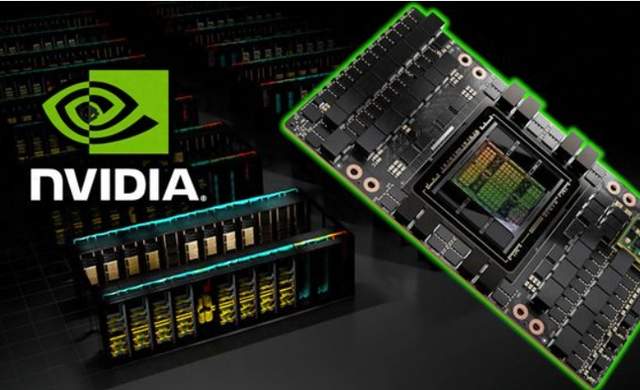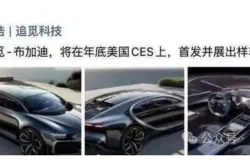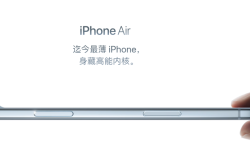Who Emerges as NVIDIA's Foremost Chinese Competitor? Huawei, Hygon, Moore Threads, or Jingjia Microelectronics?
![]() 04/23 2025
04/23 2025
![]() 645
645
I. NVIDIA's 'Money-Making Machine' Legend
In 2024, amid the global tech industry's struggle to commercialize AI, NVIDIA posted an astonishing performance report: annual revenue surged to $130.5 billion, marking a 114% year-over-year increase; net profit skyrocketed to $72.8 billion, an impressive 145% year-over-year growth. This translates to a daily net profit of $200 million, with quarterly earnings surpassing the combined annual profits of Intel and AMD. Even more remarkable is NVIDIA's gross margin of 75%, dwarfing that of Apple (45%) and Tesla (18%). Essentially, material costs account for just 25% of the selling price of each H100 chip.

At the heart of this profitability lies NVIDIA's unassailable dominance in the data center market, holding a 95% market share. This means 9.5 out of every 10 AI servers globally rely on NVIDIA GPUs. Major cloud providers like Microsoft Azure and Google Cloud purchase over 500,000 H100 chips annually, and OpenAI's GPT-5 training alone consumed 35,000 chips. This monopoly empowers NVIDIA to hike the H100's price from $6,999 for the previous generation to $35,000.

II. China's Predicament Amid Supply Chain Disruptions
However, beneath this glittering success lurks a hidden challenge. Since the US tightened the chip ban in October 2023, NVIDIA's H20 chip specifically sold to China offers only 15-20% of the performance of the H100, yet it commands a price tag of $12,000. By 2025, even selling H20 to China will require a license, effectively cutting off Chinese enterprises from even these 'limited' chips. Estimates suggest this could create a gap of 1,000P in China's AI computing power (equivalent to 100,000 H100 chips), directly impeding advancements in large model training.
III. A 'Tiered' Approach to Domestic Substitutions
Under mounting pressure, China's AI chip industry is developing a tiered strategy for breakthroughs:
Tier 1: Huawei, Hygon
With a single-card computing power of 256 TFLOPS (FP16), they have attained the level of NVIDIA's A100. Recent tests reveal that in a thousand-card cluster, the training efficiency of Ascend 910B reaches 72% of that of H100, while consuming only 85% of H100's power. Sources indicate that the next-generation Ascend chip will target H200's performance. Additionally, Hygon's DCU performs impressively, with DeepSuper 1 excelling in scientific computing, already deployed by numerous enterprises.
Tier 2: Moore Threads, Jingjia Microelectronics, etc.
These brands primarily focus on inference scenarios with their chips and do not specialize heavily in AI. Instead, they are geared towards gaming, rendering, and substitutions in vertical fields like intelligent security and industrial quality inspection.

IV. The Hidden Barrier: CUDA Ecosystem
Catching up in hardware is merely the first hurdle; the real challenge lies in the software ecosystem. NVIDIA's 16-year-old CUDA system commands a 90% share among global AI developers. Mainstream frameworks like PyTorch and TensorFlow natively support CUDA, whereas domestic chips must convert through compatibility layers, inevitably incurring performance losses.
V. The Path to Breakthrough: Open Source and Scenario-Driven Innovations
Faced with ecological barriers, domestic chips are exploring two paths to breakthrough:
Open Source Strategy: Huawei has open-sourced the MindSpore framework, attracting developers, while T-Head has launched the 'Wujian' open-source platform, lowering the entry barrier for AI chip development.
Vertical Innovations: Creating closed ecosystems in domains such as autonomous driving and power inspection. Cambricon has secured a 25% share in the automotive chip market.

Notably, China's vast array of application scenarios is fostering unique evolutionary paths. This model of 'scenario-driven technology' could chart a differentiated course.
Conclusion: The Long March Towards Self-Sufficient Computing Power
NVIDIA's financial report serves as a reminder: in the AI race, computing power is king. As the US attempts to stifle China's AI development with chip bans, the domestic substitution process has accelerated. From Huawei's hardware breakthroughs with Ascend to the ecosystem construction of MindSpore, this competition has transcended mere technology. As an expert notes, 'It takes three years to solve the bottleneck and thirty years to build an ecosystem.' This long march may just be commencing.






